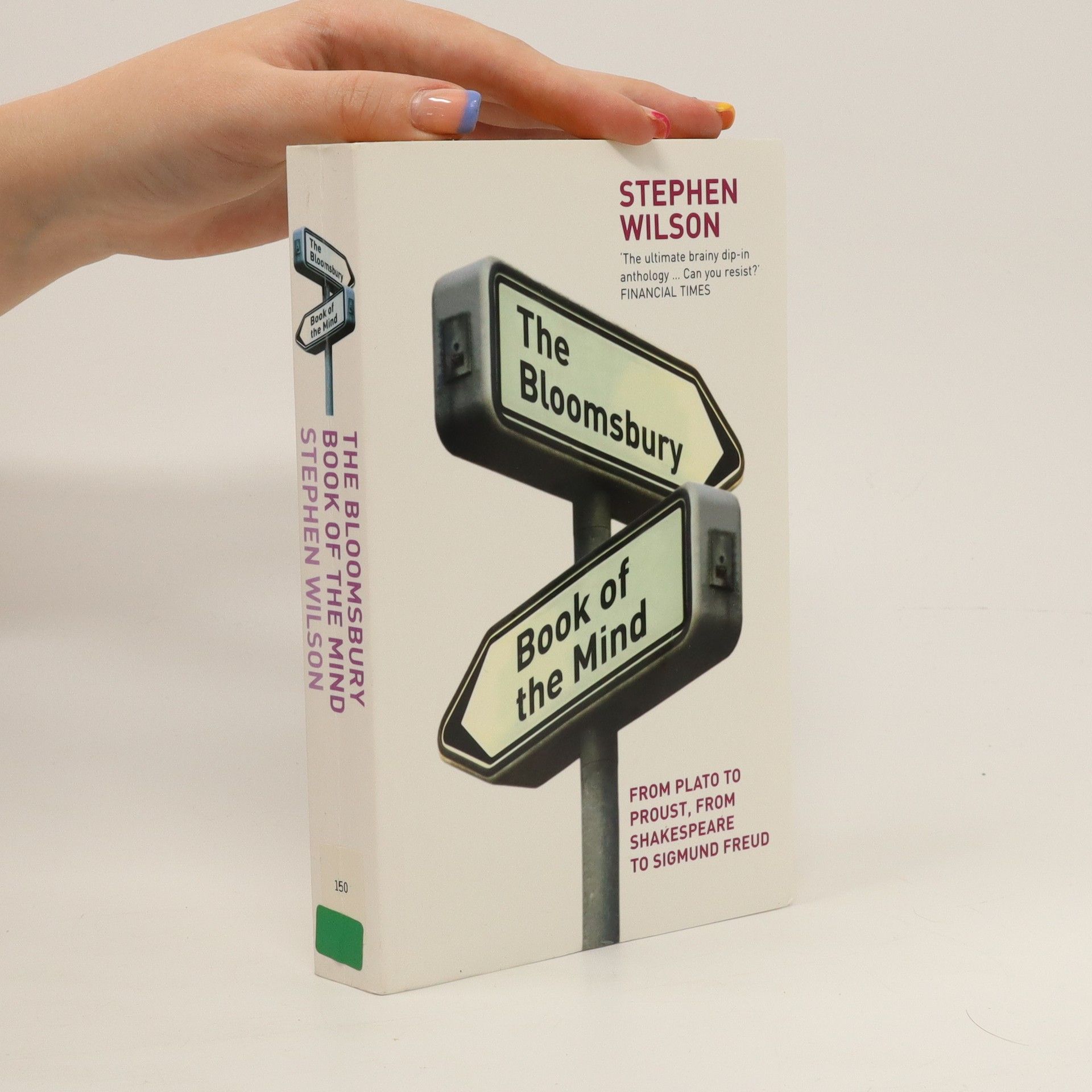The Bloomsbury book of the mind
- 394pages
- 14 heures de lecture
Our concern with the mind and how the hurt mind can be healed has led to a massive growth of interest in psychology and the way our brains work. The Bloomsbury Book of the Mind brings together key writings from all over the world from the earliest recorded accounts to the most up-to-date research in an imaginative assembly of case notes, journals, poetry, fiction and letters as well as more formal writings. In six sections on Perception, Memory, Emotion, Thought, Consciousness and the Self, Stephen Wilson ranges from the big questions (What is consciousness? Is there an unconscious?) to the quirkier mysteries of the human mind (the effects of hypnotism, the experience of a phantom limb, or an imaginative cure for sexual impotence). The linking commentary sets each extract in the context of its time and in relation to the other pieces around it.

